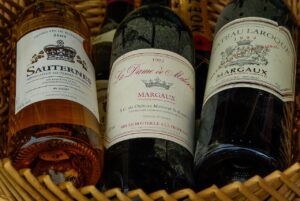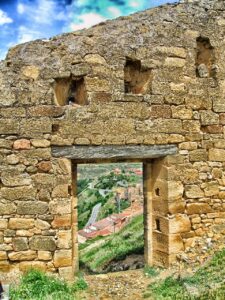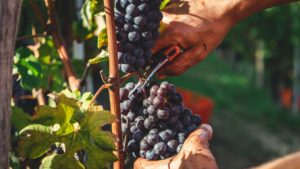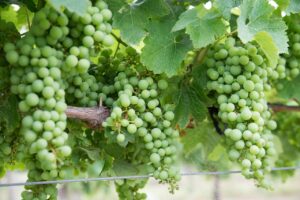As a curious wine traveler, you step off the train in Dijon, heart racing with anticipation. The morning air smells faintly of toasted baguette and crushed leaves, a promise of adventure. A small, handwritten sign catches your eye:
“Pinot Noir Tours — Follow Madame Pinot”
You smile, shoulder your satchel, and join a handful of travelers at the station gate. A woman in a deep burgundy scarf greets you with a knowing grin.
“I’m Madame Pinot,” she says. “Welcome to Burgundy, the spiritual home of the most delicate, demanding, and expressive grape in the world—Pinot Noir.”
She hands you a map—not of roads, but of flavors, soils, and slopes. Your journey has begun.
Stop 1: Côte d'Or – The Golden Slope
Madame Pinot leads the way south, out of Dijon, into the famed Côte d’Or, where limestone hills catch the morning sun like a crown of gold. “This is the cradle of Pinot Noir,” she whispers. “And each village… a verse in a poetic song.”
🏰 Côte de Nuits – The Soul of Pinot Noir
You pause first in Gevrey-Chambertin, where the wines are bold, earthy, and structured—ripe black cherry, subtle oak, and a whisper of forest floor. Madame Pinot points to a slope drenched in sun. “The more sun, the riper the fruit. But Pinot never wants too much.”
In Vosne-Romanée, the mood changes. The wine here is seductive—silky in texture, with layers of violet, sweet spice, and mystery. “This,” Madame Pinot says, swirling her glass, “is where the grape becomes poetry.”
In Nuits-Saint-Georges, there’s more grip—more muscle in the tannins, more depth in the earthiness. Each wine, shaped by tiny shifts in soil, slope, and sun.
🌿 Terroir Talk
Madame Pinot kneels, scooping up soil—limestone with clay. “Here, drainage is perfect. The roots go deep. And so does the wine.”
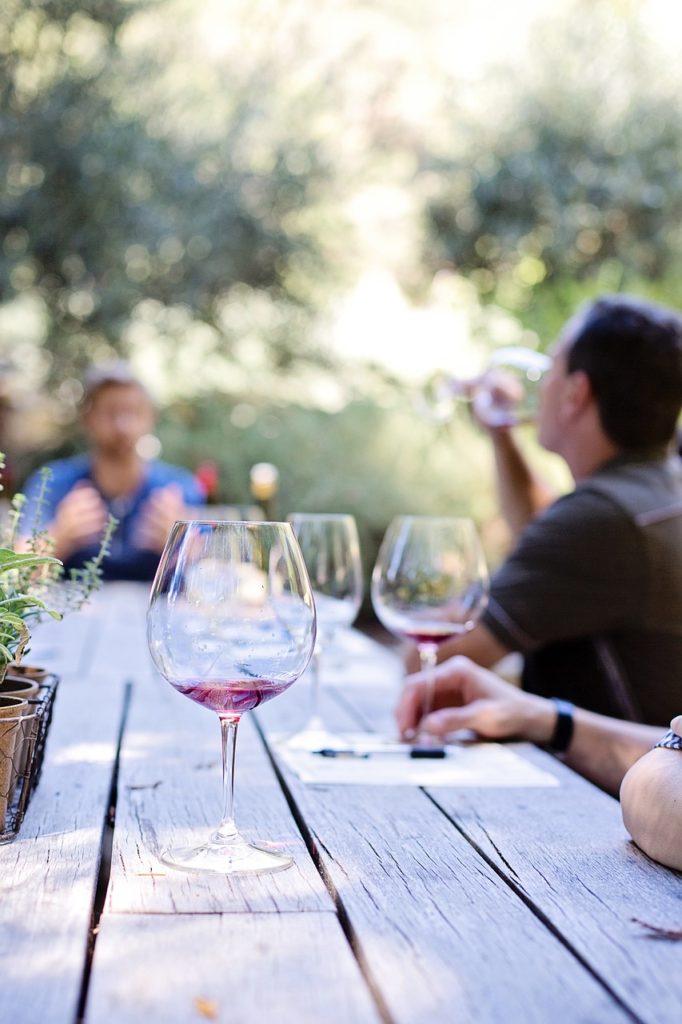
Stop 2: Côte de Beaune – A Softer Touch
Further south, the landscape softens, and so do the wines.
In Beaune and Pommard, the Pinot gains a touch of spice and earth. In Volnay, the wines are elegant and perfumed, like silk rustling in the wind.
“Notice the tannin difference,” Madame Pinot says. “Pommard is firmer. Volnay, delicate. Same grape. Same region. Different soils and slope.”
You taste side by side, learning to trust your palate. You can now taste limestone versus marl. Elevation versus valley floor. A revelation of Burgundy wine…..
Stop 3: The Cellar – Where the Magic Happens
You duck into a stone-walled cellar. It’s cool, dim, fragrant with the scent of old barrels and aging wine.
“Pinot is fragile,” Madame Pinot says. “Thin skins. Low color. It must be handled like silk.” She shows you:
Gentle pressing
Cold soak to enhance color and aroma
Fermentation in open-top vats
Aging in French oak, usually lightly toasted
Too much oak would mask its voice. Too much extraction, and it becomes bitter. The winemaker must be patient, like a sculptor removing stone to find the form within.
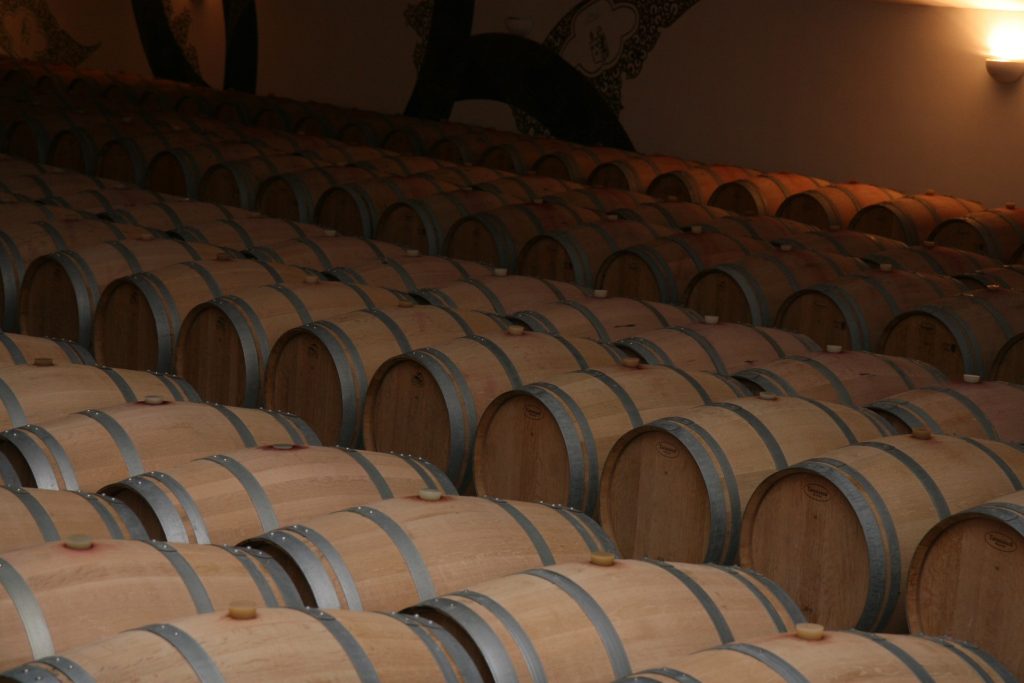
Stop 4: Beyond Burgundy – The Global Legacy
Back in the sunshine, Madame Pinot unrolls another map: The World of Pinot Noir.
“This grape has traveled,” she says. “But it never forgets its roots.”
🌍 Germany – Spätburgunder
In the Ahr and Baden, the grape is called Spätburgunder. Lighter in color, perfumed with cherry and subtle smoke, the wines are more restrained—cool-climate elegance with gentle spice.
☀️ California – The Sun-Drenched Artist
In Russian River Valley, Pinot Noir speaks with a bolder accent: ripe strawberry, cherry cola, vanilla. New oak, warmer days, rounder structure.
“But beware,” Madame Pinot warns. “Too much sun, and Pinot loses its voice.”
🌸 Oregon – The Dreamer
In Willamette Valley, you find balance. Red fruit meets earth. High acid, fine tannins. A style that echoes Burgundy, but speaks with its own clarity.
🏔️ New Zealand – The Wild Prodigy
“Ah, Central Otago,” she sighs. “So young, yet so confident.” The wines leap with ripe cherry, freshness, and precision. A child of sunlight and cold mountain air.
Final Stop: The Tasting Table
Back at the station, you gather around one final table. A flight of Pinot Noir from around the world awaits. Madame Pinot raises a glass.
“Remember, this is the grape of nuance,” she says. “Look for color, aroma, structure, balance. Let the wine speak.”
| Origin | Key Notes | Structure |
|---|---|---|
| Côte de Nuits | Red cherry, earth, mushroom | High acid, fine tannins |
| California | Strawberry, vanilla, spice | Medium acid, plush tannins |
| Oregon | Raspberry, floral, earth | High acid, elegant tannins |
| New Zealand | Cherry, mineral, vibrant | High acid, crisp texture |
| Germany | Cranberry, smoke, herbal | High acid, soft body |
You swirl, sniff, sip. Burgundy whispers. Oregon sings. New Zealand shouts with joy. And you, dear traveler, begin to understand Pinot Noir not just with your mind—but with your senses.
Epilogue: Madame Pinot’s Final Lesson
Before you leave, she presses a final note into your hand.
“Pinot Noir does not demand attention—it invites intimacy.
Learn to listen, not to analyze.
To study it is to study the land, the people, and the patience behind the wine.”
And with that, she disappears into the Dijon crowd, scarf fluttering like a crimson ribbon on the breeze.



